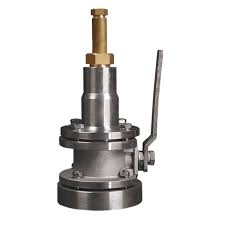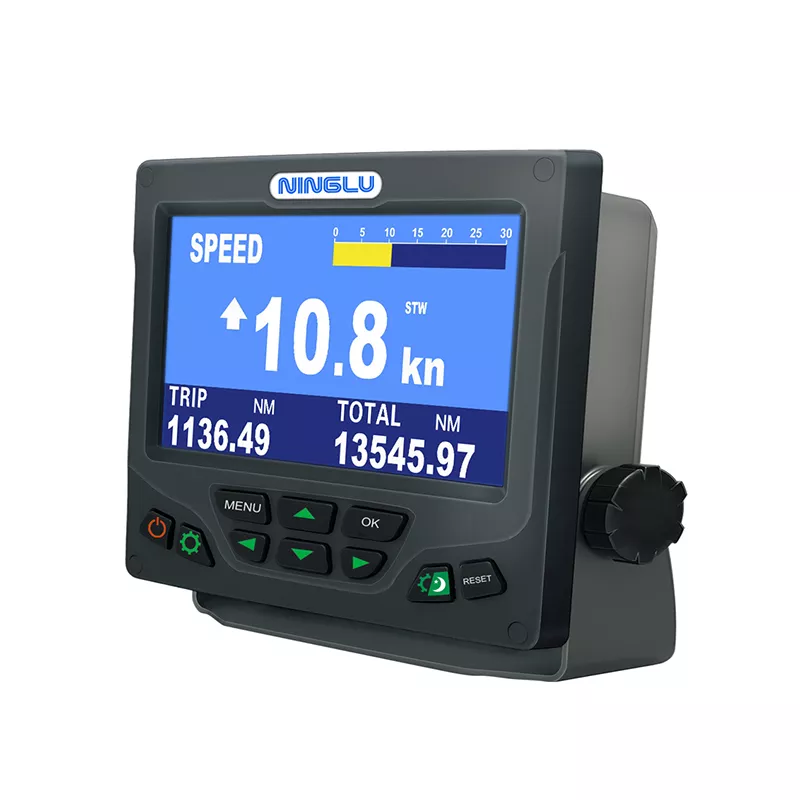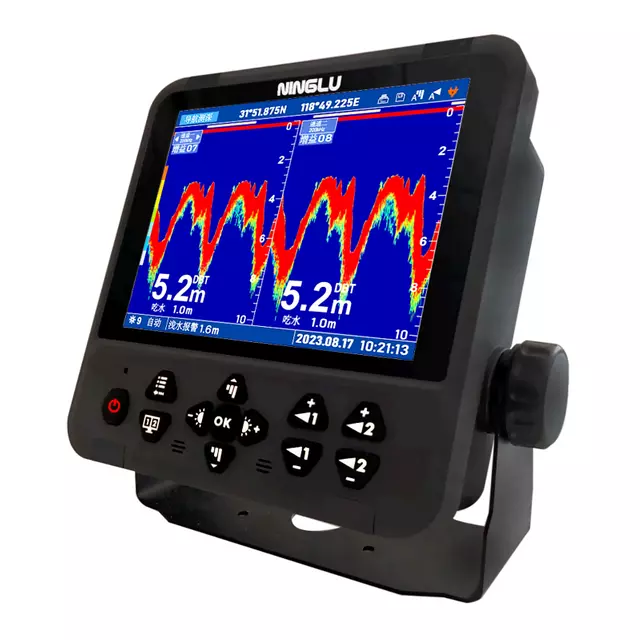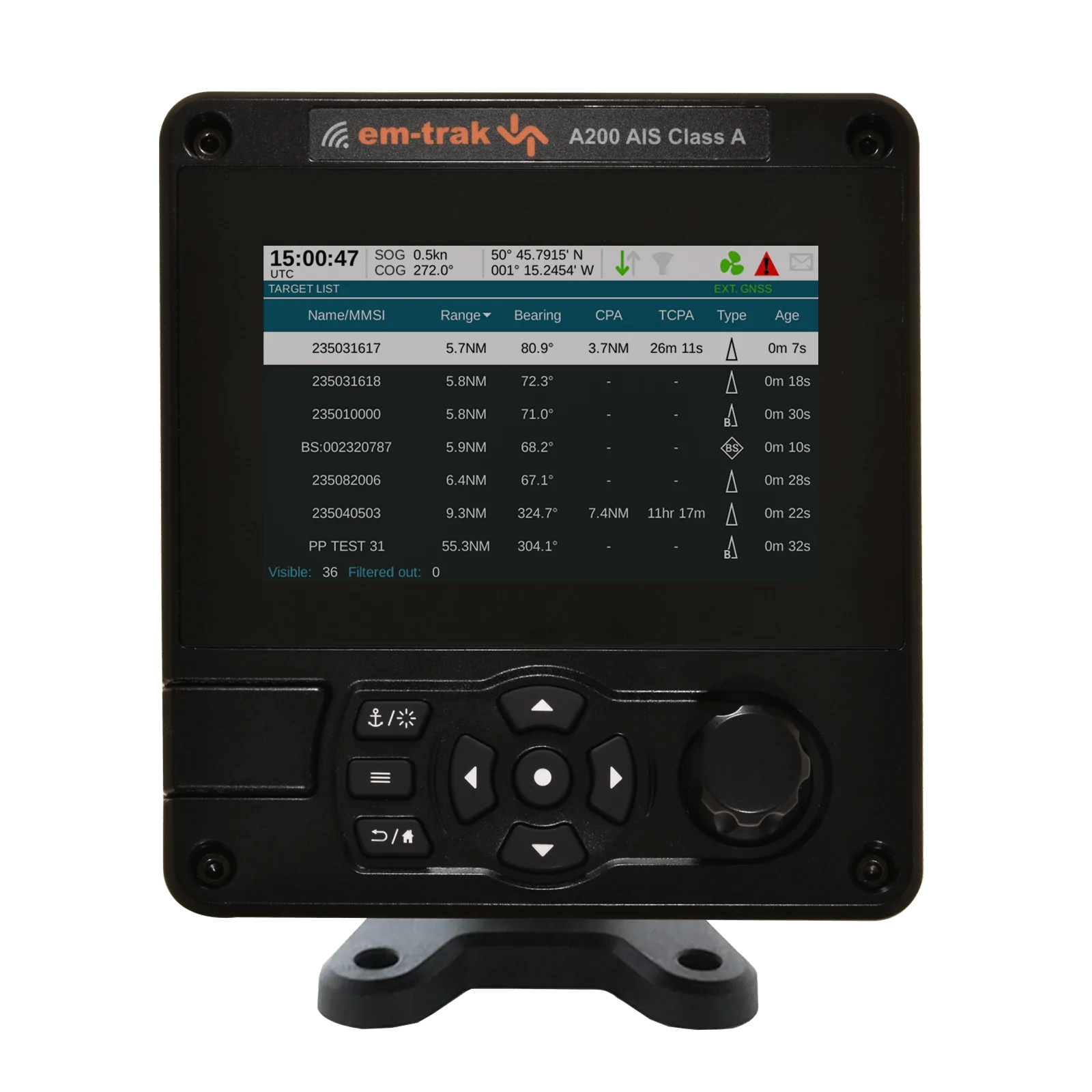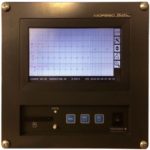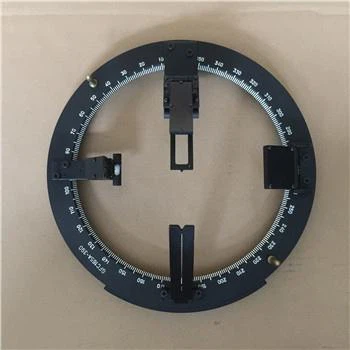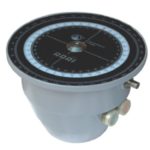Fiber Optic Gyrocompass (FOG)
In the realm of navigation technology, Fiber Optic Gyrocompasses (FOGs) play a crucial role in providing precise orientation data. This post delves into what FOGs are, how they work, their applications, and frequently asked questions to enhance your of this advanced navigation tool.
What is a Fiber Optic Gyrocompass (FOG)?
A Fiber Optic Gyrocompass, or FOG, is a type of gyroscope that utilizes the interference pattern of light to detect orientation changes. Unlike traditional gyrocompasses…
How does a Fiber Optic Gyrocompass work?
FOGs operate based on the principle of the Sagnac effect, where a coil of optical fiber is wound around a rotating axis. Light is split into two beams that travel in opposite directions around…
Applications of Fiber Optic Gyrocompasses
FOGs are used in various industries such as aerospace, marine navigation, robotics, and more. They provide accurate heading information without the need for…
Advantages of Fiber Optic Gyrocompasses
One of the key advantages of FOGs is their high precision and reliability in providing orientation data. They are also compact, lightweight, and have…
Limitations of Fiber Optic Gyrocompasses
Despite their advantages, FOGs may be affected by temperature variations and mechanical vibrations. Calibration is crucial to maintain…
FAQs about Fiber Optic Gyrocompass (FOG)
| Question | Answer |
|---|---|
| What are Fiber Optic Gyrocompasses used for? | FOGs are used for precise navigation, orientation sensing in vehicles, stabilizing platforms, and more. |
| How accurate are Fiber Optic Gyrocompasses? | FOGs can achieve accuracy levels of less than 0.1 degrees per hour under optimal conditions. |
| Are Fiber Optic Gyrocompasses affected by magnetic fields? | No, FOGs operate using light interference patterns and are not influenced by magnetic fields. |
| What is the lifespan of a Fiber Optic Gyrocompass? | FOGs have a long lifespan, typically lasting tens of thousands of operational hours. |
| Can Fiber Optic Gyrocompasses be used in underwater applications? | Yes, FOGs are suitable for underwater navigation due to their robust construction and lack of reliance on magnetic sensors. |
| Do Fiber Optic Gyrocompasses require frequent calibration? | FOGs require periodic calibration to maintain accuracy, especially in environments with temperature fluctuations. |
| How do Fiber Optic Gyrocompasses compare to traditional mechanical gyrocompasses? | FOGs are generally more compact, lighter, and offer higher precision compared to traditional gyrocompasses. |
| What are the main components of a Fiber Optic Gyrocompass? | Key components include the optical fiber coil, laser source, photodetector, and signal processing electronics. |
| Are Fiber Optic Gyrocompasses affected by gravitational forces? | No, FOGs measure rotation based on the principle of light interference, unaffected by gravitational forces. |
| Can Fiber Optic Gyrocompasses operate in space? | Yes, FOGs are suitable for space applications where precise orientation sensing is essential. |

